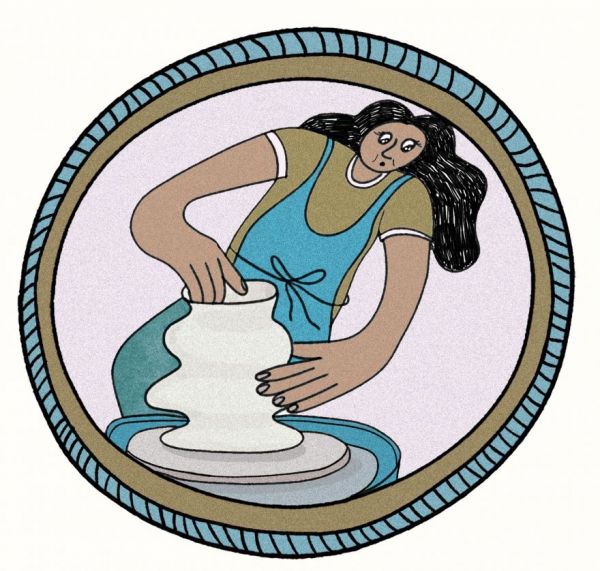In Germany, this request usually has a different connotation. The Associated Press tells us that fingerhakeln is a traditional sport from southern Germany and the alpine region of Austria.
Two men face each other across a table and place their middle fingers through a leather loop. Then they try to pull each other across the table. Fingerhakeln requires a lot of strength--sometimes enough to dislocate an opponent's finger.
Last Sunday, 150 men gathered in a beer tent in Bernbeuren, Germany to compete. Approximately 1,000 spectators watched the athletes, who were dressed in traditional clothing, pull against each other in successive rounds until a champion prevailed.
-via Dave Barry











